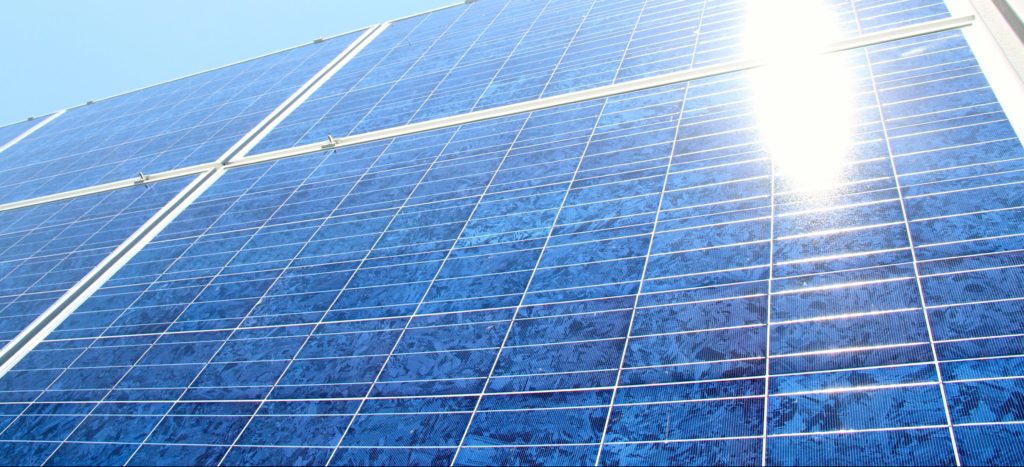|
OTTAWA—The Government of Canada has announced the signing of a Joint Declaration on Canada-China Clean Technology Cooperation, which is promising as China is a global leader in clean energy investment and deployment.
The Joint Declaration outlines shared objectives, including:
- Sharing best practices to determine policy approaches to clean technology
- Addressing economic and social challenges through clean technology
- Exploring the possibility of clean energy technology demonstrations
- Facilitating collaboration between small and medium-sized enterprises
QUOTES
“This is a big step forward for the government of Canada. The opportunity associated with the global clean energy market—which saw a third of a trillion dollars of investment last year—is immense. In China alone, US$110 billion was invested in renewable energy in 2015.”
“China is looking for opportunities to deliver electricity to its citizens without adding to the smog that already chokes its big cities. Canadian clean energy technology and service providers have solutions they can provide to China, and this agreement leads us in the direction of that becoming easier to do.”
“When Canadians think about energy and export opportunities, we have to think beyond our natural resources. Last year China built 10 times more renewable power capacity than natural gas-fired power, and three times more than coal-fired power. There is a huge and quickly growing global market for clean energy technologies and services, and this kind of government leadership can help create new opportunities for Canadian businesses.”
— Dan Woynillowicz, Policy Director, Clean Energy Canada
KEY FACTS
- US$329 billion was invested globally in renewable power (excluding large hydro) in 2015 (Source: Bloomberg New Energy Finance)
- In 2015, China built 79 gigawatts (GW) of renewable power capacity, 28 GW of coal-fired capacity, and 6 GW of natural gas-fired capacity (Source: Bloomberg New Energy Finance database)
- 26,900 people were directly employed in the Canadian clean energy sector in 2013, up from 23,700 in 2012. (Source: Clean Energy Canada)
|

